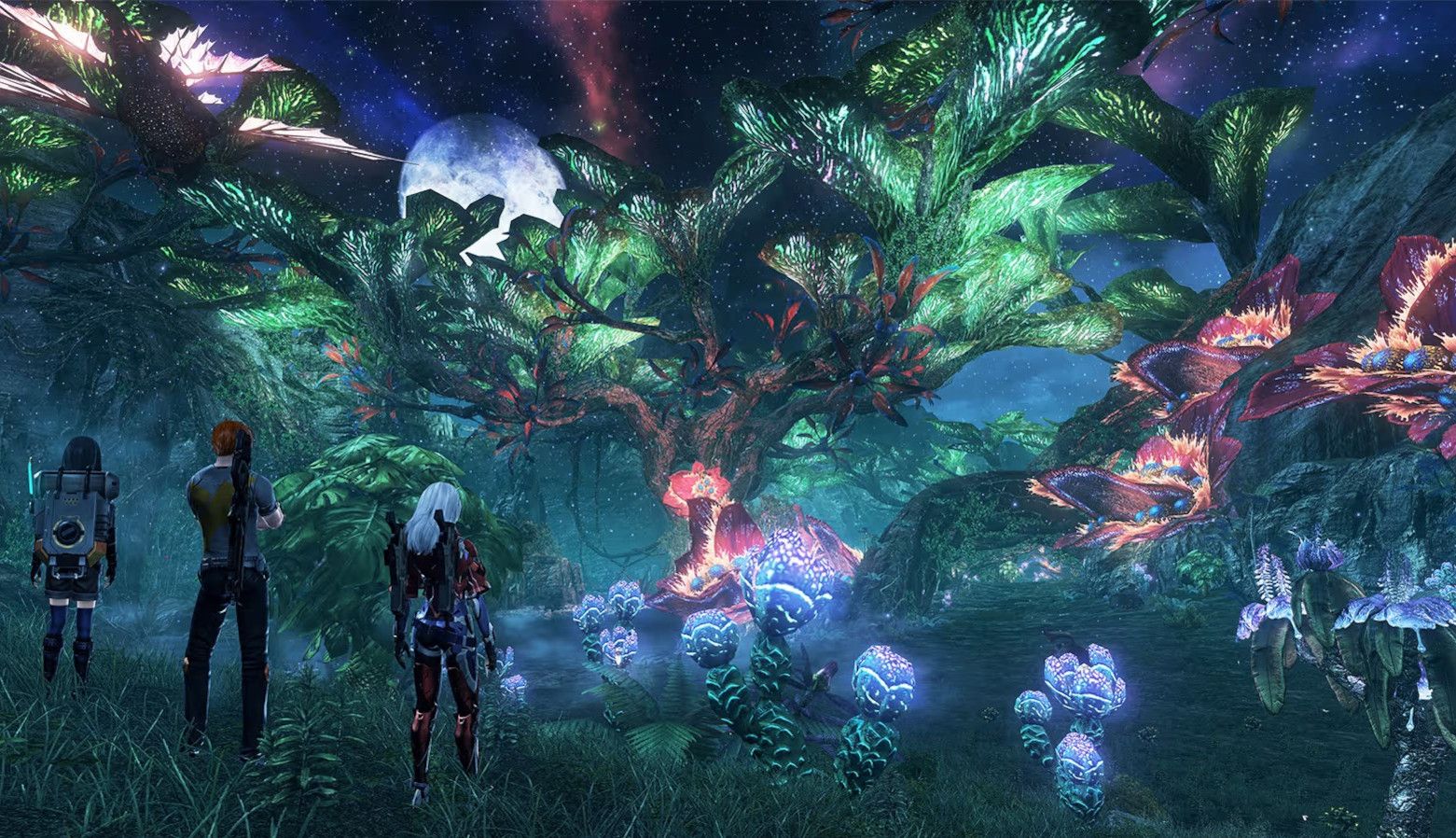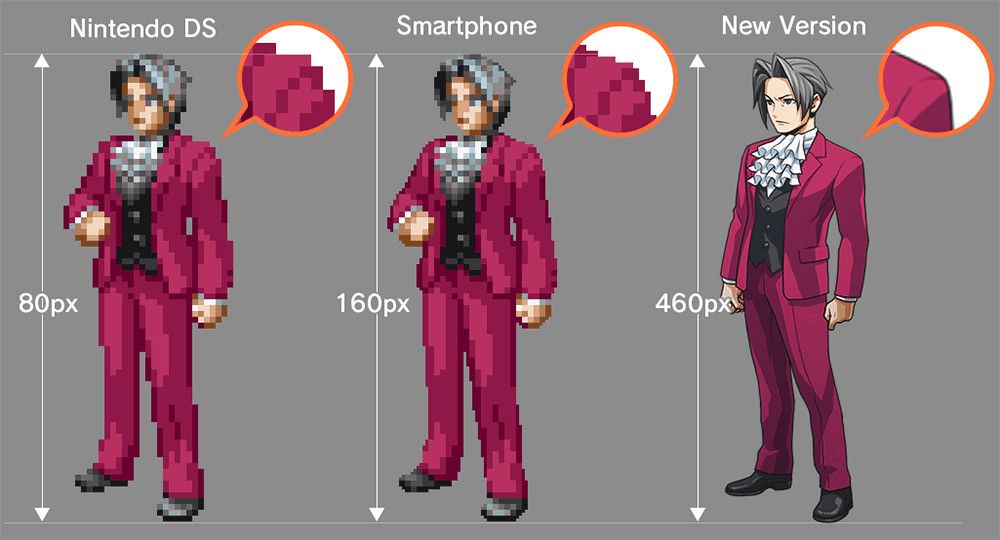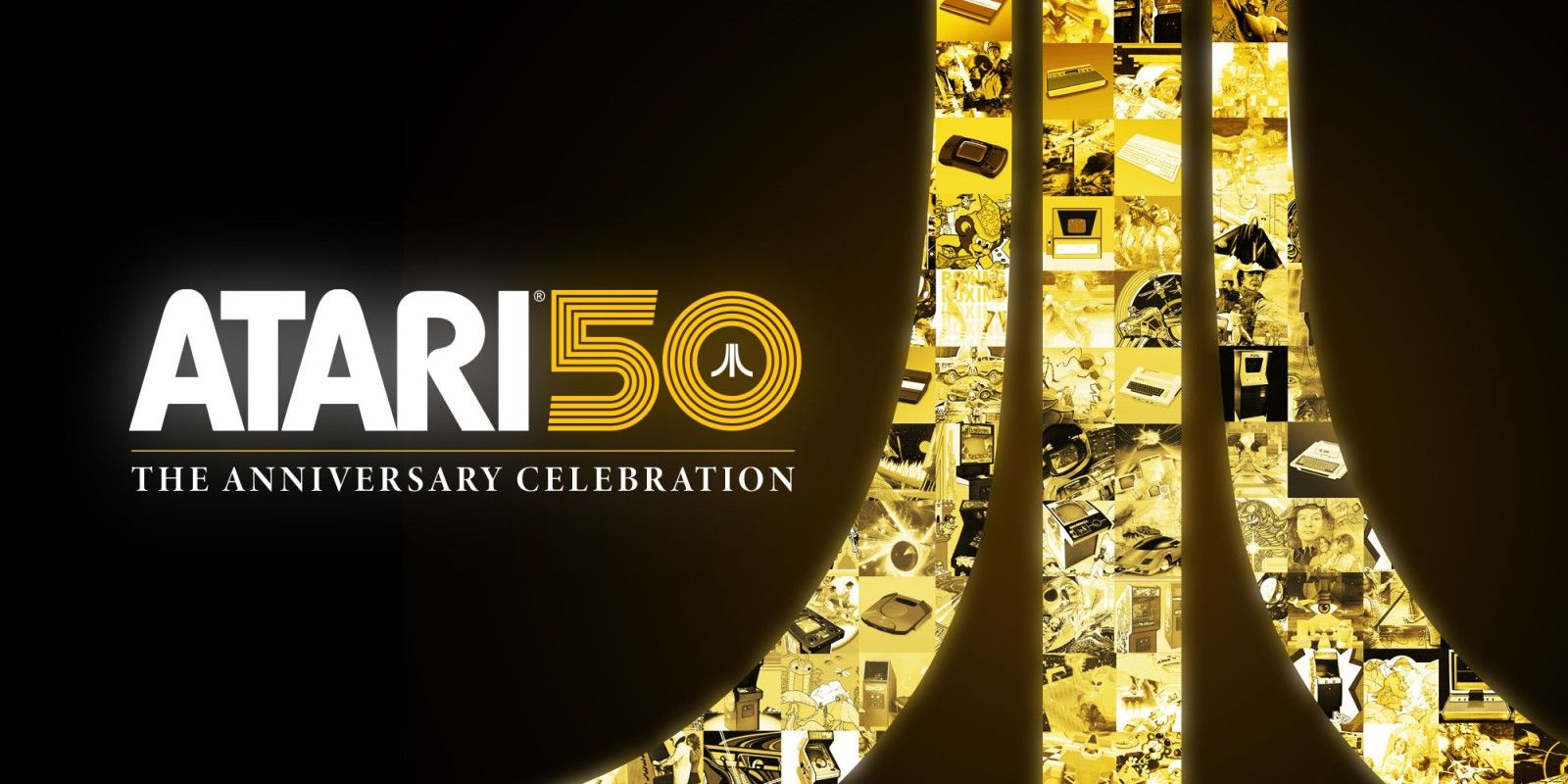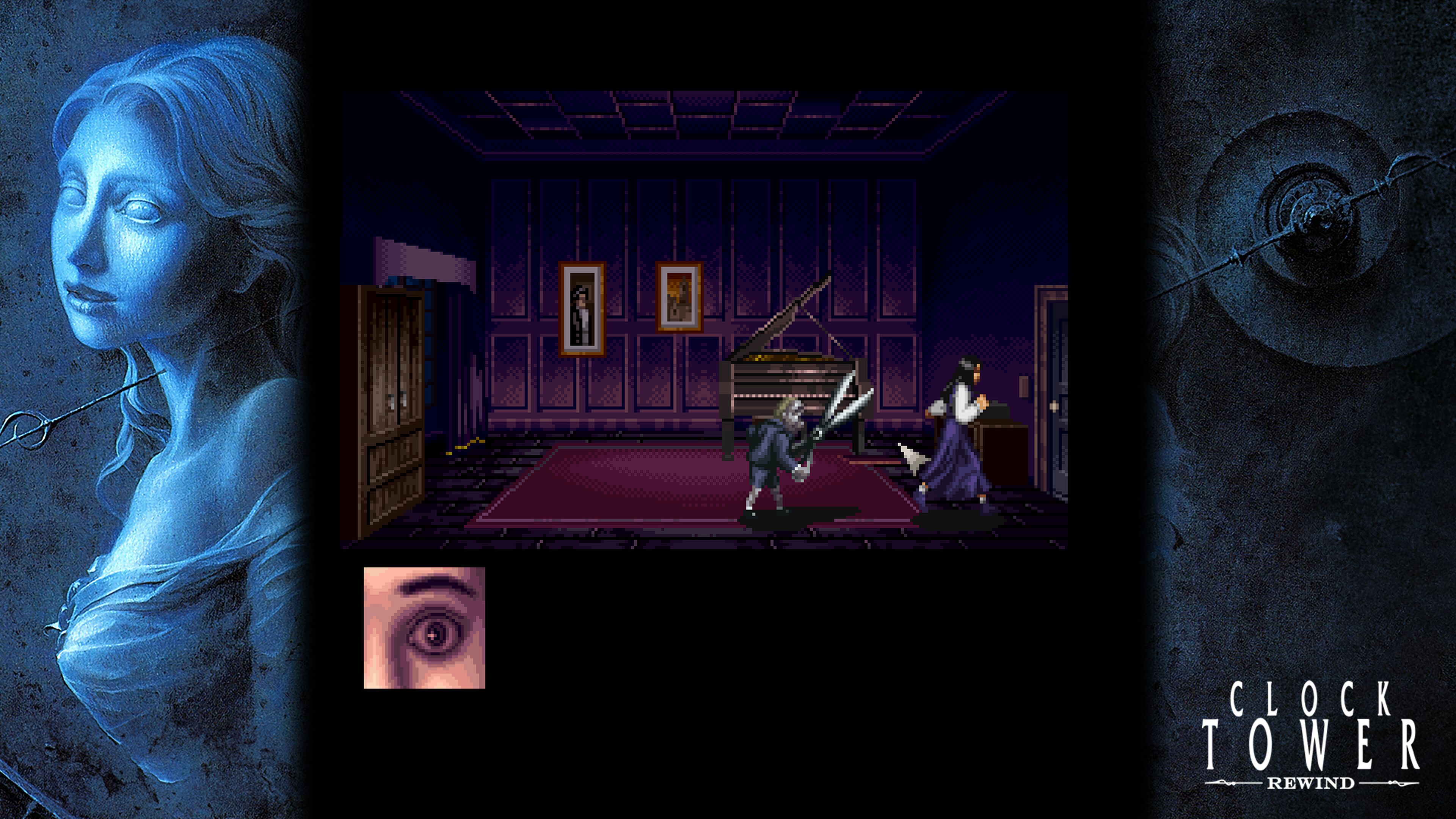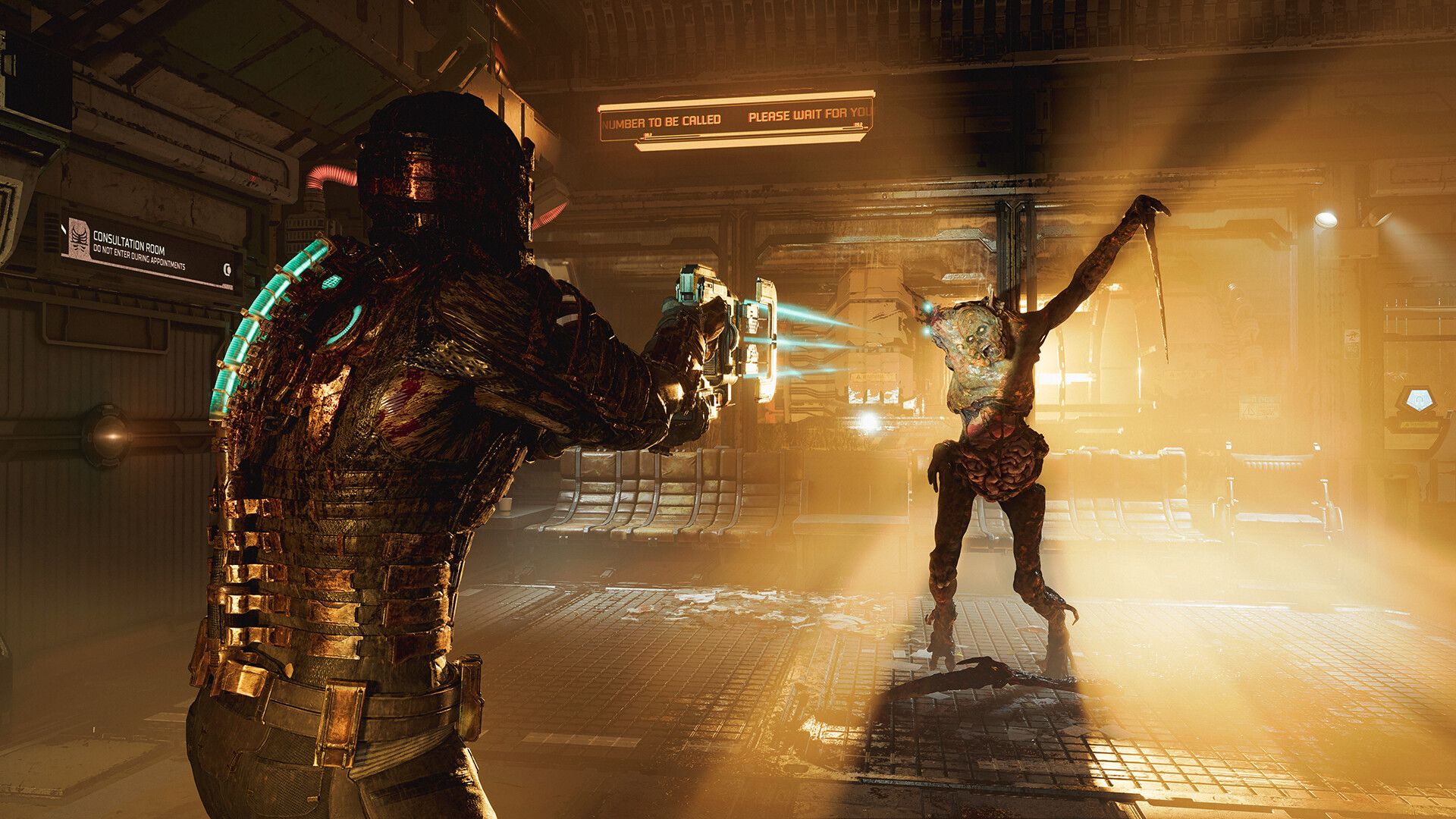Plenty of iconic games have been re-released on modern consoles, but not all of these new versions are made the same way. Some re-releases can be considered “ports” while others are known as “remasters.” Both are used frequently, but there’s an important distinction between them.
Remasters Apply a Shiny New Coat to Classic Games
Remasters are updated re-releases that improve the graphics and performance of old games. Along with making older titles available on modern consoles, remasters also serve as an official means of playing classic games at higher resolutions and better frame rates.
There are a variety of reasons for games to be remastered. Remasters of retro games like The Legacy of Kain: Soul Reaver and Tomb Raider update the dated aspects of their PS1 versions with redesigned character models, improved textures, and modernized control schemes. Some remasters of older games also include newly added features such as photo modes, concept art galleries, or various accessibility settings.
Remasters aren’t always targeted at poorly-aged games. More recent games like Marvel’s Spider-Man and The Last of Us Part II have also been remastered for next-gen consoles. Although these remasters don’t feature any drastic changes, they get the most out of new hardware by providing a significant boost to the graphics and performance of last-gen titles.
It should also be noted that most remasters are made for 3D games. Unlike 2D pixel art or hand-drawn sprites, early 3D graphics haven’t aged well. The low polygon counts and simple textures of 3D games on the Nintendo 64 and PS1 were the result of hardware limitations, but they’ve also caused many retro classics to be unfavorably compared to more recent releases. Even the best-looking games on these consoles usually aren’t as great as you remember, but remasters have been able to bring them closer to modern graphical standards.
Of course, remastering isn’t just for 3D games, and plenty of 2D titles have been remastered for modern consoles. These remasters are rarely as elaborate as the ones made for 3D titles, and their changes tend to be limited to higher-resolution sprites and upscaled backgrounds. However, even these updated visuals can still look far better than the original releases. Alternatively, some 2D remasters like Final Fantasy Pixel Remaster and Ace Attorney Investigations Collection feature remade HD sprites and artwork.
Some remasters are also considered “enhanced” or “updated” versions of their respective games. Although “enhanced remasters” may sound redundant, these releases are notable for adding content that wasn’t present in the original release.
This could include the addition of bonus levels and extended story modes, or the introduction of significant gameplay overhauls and quality-of-life features. Xenoblade Chronicles X: Definitive Edition features a combination of both. This version not only addressed most of the original game’s faults, but it also added new playable characters, combat mechanics, and an extended post-game.
Ports Bring Old Experiences to New Platforms
Ports are video game re-releases that feature the same content and visuals as the original version—or at least lack any significant differences—but are developed for different platforms. Unlike remasters, ports don’t make any major improvements and are functionally identical to their original releases.
Most ports bring console and PC exclusives to other platforms. Plenty of games that initially launched as PlayStation exclusives, such as Helldivers 2 and Horizon Forbidden West, were later ported to PC. Similarly, Xbox exclusives like Grounded and Pentiment have received PlayStation and Nintendo Switch ports. There are also countless games—especially indie games—that launched on PC storefronts and were later ported to home consoles.
Plenty of retro classics have also been re-released on modern systems as ports. Game compilations such as Atari 50: The Anniversary Celebration and SNK 40th Anniversary Collection include ports of classic arcade and home console titles.
Some retro ports like Clocktower: Rewind and Collection of Mana also include translated ports of games that were never international releases. These collections often include bonus material such as concept art galleries and developer interviews, but the games included in these packages are straightforward ports.
Many last-gen games have also been ported to next-gen consoles to provide a smoother and better-looking experience. While these ports aren’t as dramatically improved as most remasters, they usually feature better performance and additional graphics options that aren’t present in last-gen releases.
Most ports of a game feature the exact same content, though the quality of a port’s graphics and performance can vary between platforms. Depending on the hardware, some versions will inevitably be better than others, with PC ports usually providing the best version of a game.
You may have also heard of some re-releases being referred to as “enhanced” or “downgraded” ports. Similar to enhanced remasters, enhanced ports like Dragon Quest XI S and Persona 4 Golden add new content, though they don’t contain any significant technical improvements or updated assets.
Downgraded ports are re-releases designed to run on less powerful hardware. This mainly applies to older console ports of PC games such as Deus Ex and Half-Life, as well as handheld and mobile ports of console titles. Downgraded ports are functionally the same as other versions, but feature lower graphical quality and worse performance than the original release. These ports may also be missing content due to storage or hardware limitations.
Today, downgraded ports are a fairly uncommon practice. While there are slight differences between every version of a game, modern consoles and phones are perfectly capable of running many of the latest releases without any severe concessions.
Switch ports of graphically intensive games like The Witcher 3 and Mortal Kombat 1 are some of the few exceptions, but even these downgraded ports contain the same exact content as any other version. Additionally, the increasing availability of cloud-streaming has mostly replaced downgraded ports by making next-gen releases playable on almost any modern platform.
Both are Different From Remakes
Remakes are new games developed from scratch, but are directly based on a pre-existing release. Whereas remasters and ports are essentially the same as their original releases, albeit with some changes to run on different platforms, remakes are built from the ground up using newly made assets and different game engines.
Video game remakes can also drastically diverge from their source material. The Resident Evil 4 remake shares many similarities with the original release, but features revamped game mechanics and replaces many iconic moments from the original with entirely new set-pieces. Final Fantasy VII Remake takes this even further by ditching the PS1 version’s turn-based battles in favor of real-time combat, adding hours of new content, and making numerous changes to the original’s story.
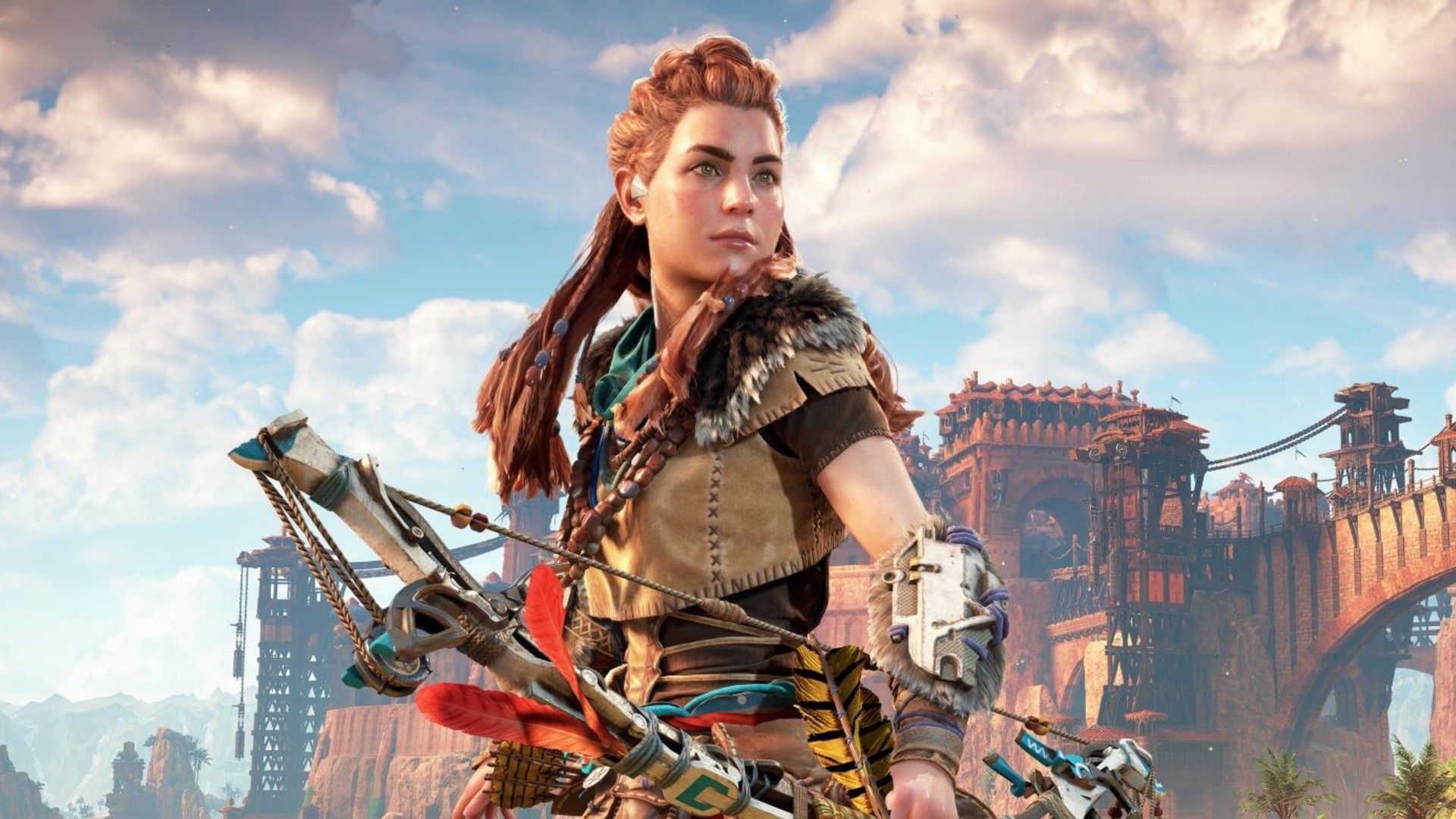
Related
What’s The Difference Between a Game Remake and Remaster?
Similar words, with very different meanings.
Some other remakes such as Shadow of the Colossus and Demon’s Souls are extremely faithful to their original releases, featuring the exact same gameplay, stories, and level design as their original releases. The Last of Us Part I and Dead Space (2023) also adhered closely to the design of the original releases, though these remakes introduced numerous accessibility options that prior versions lacked. However, these releases still don’t count as “remasters” since they aren’t updating pre-existing assets, but instead using entirely new assets and game code.
Even though remasters and ports are often used interchangeably, they fulfill different purposes. If you are a retro purist and prefer to play old games with as few changes as possible, ports are the next best thing to playing on the original hardware. In contrast, remasters can breathe new life into old games with much-needed improvements, and it’s no surprise that players have been waiting for remasters of beloved games like Bloodborne and Metal Gear Solid 4.
Regardless of how they’re released, it’s always a good thing to see old games available on modern consoles. Hopefully, more game studios will see the value in re-releasing their classics as either ports or remasters.


